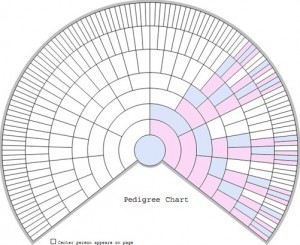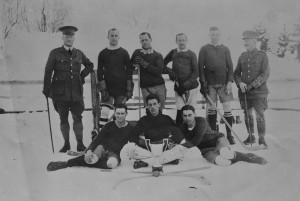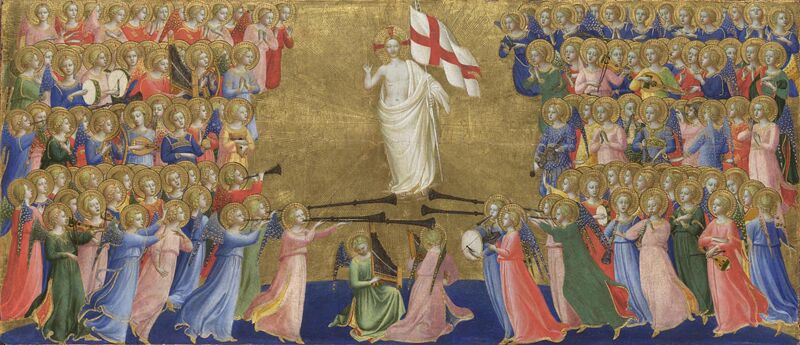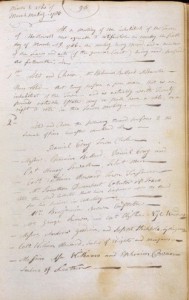
In my recent lectures on DNA, I have discussed the nature of X chromosome inheritance. Owing to the fact that males inherit Y chromosomes from their fathers (who received it only from their fathers, etc.), it’s a very specific gender-linked pattern of inheritance. The same is not true for the X chromosome. (Mitochondrial DNA, which is inherited female-to-female, is a different part of our DNA, and not the same as the X chromosome.) Continue reading X marks the spot





